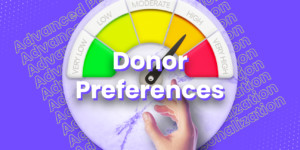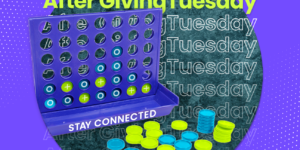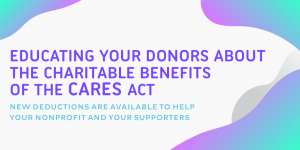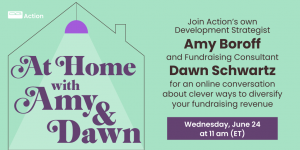Are you overwhelmed by all the creative ways nonprofits use donor data? If so, this blog post is for you!
It’s no secret. A data-driven strategy is crucial to your nonprofit’s fundraising success.
And you wouldn’t get behind the wheel of a racecar without being comfortable driving a sedan. So, you don’t need to strive for advanced personalization right away.
But what data points are the easiest to get started with? And how can you use them to connect with donors on a deeper level?
Here are three easy ways nonprofits use donor data to help get you started!
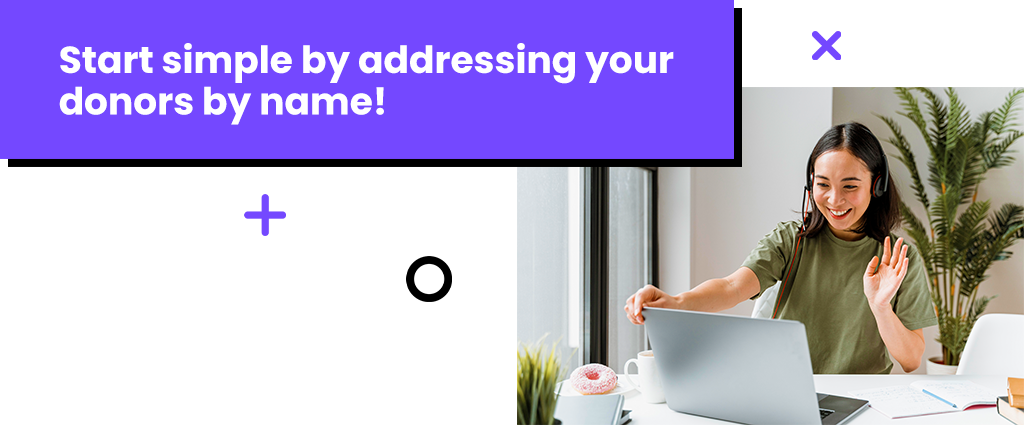
1. Speak to donors directly.
The human mind works in interesting ways. We are wired to pay more attention when we are addressed by name. When someone you just met remembers your name, you feel respected and more important. And when someone doesn’t, you may be offended that they didn’t take the time to remember it.
So, if you’re trying to make a good impression, in a conversation or through your fundraising outreach, you need to address each donor by name!
It’s a small detail that can make a huge difference. And it’s the easiest way nonprofits use donor data to make an impression!
Most mass email platforms allow you to use personalization to address each recipient by name in the subject line or the body of your email.
So, if your nonprofit is still sending communications that start with “Dear valued supporter,” this small tweak can have a big impact on your ability to fundraise and build relationships.
READ MORE: 5 key lessons fundraisers learned in 2021.

2. Be specific with your thank you’s.
This is another approach that uses a data point that you probably already have. And like using a donor’s name, it’s easy to get started!
This approach uses the same principle as the name drop. Donors will feel more valued and respected when you remember details about them.
But in this case, the benefits are two-fold. In addition to showing donors that their gift mattered to you, this strategy opens the door for donors to give more.
You can use a donor’s last gift as the lowest pre-determined ask in your next appeal.
This will subtly guide donors towards the middle option, which helps the donor realize they want to give more than they did before!
This is one of the easiest ways nonprofits use donor data to increase their fundraising potential.
FREE eBOOK: Ask strings and the science of securing support.
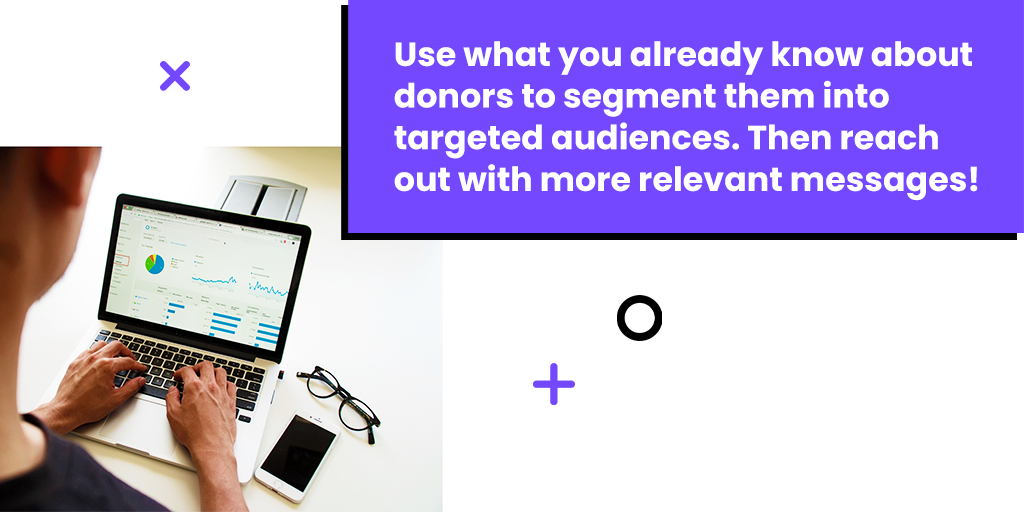
3. Segment by demographics.
You know that appeals and other communications that make personal connections with donors are key to building relationships. And you can use basic demographic information to make that connection, even if you don’t have a lot of psychographic data about donor behaviors available!
If you’re sending print appeals, you have a donor’s mailing address. So, consider creating different versions of your communications for donors living in different states, counties, or towns (depending on your audience).
Then, use variable content in your communications to create slightly different messages for donors living in different areas. For example, you can include a variable line like “We know this issue has had an impact on [State of Residence] residents, like yourself.”
Get creative and find the best way to segment by demographics for your organization.
Think about other data points you can use to create groups of donors with similar qualities. And use your data to create versioned content that appeals to each specific segment!
Start simple and grow.
Data-driven strategies aren’t just for huge nonprofits with hundreds-of-thousands of contacts in an elaborate data base.
The beauty of using your nonprofit’s data in these three easy ways is they work whether you’re reaching out to 50,000 or 50 people!
These are a few simple data points even organizations with the most limited data base can use to get started.
So, what are you waiting for? Make an impression by taking advantage of these easy ways nonprofits use donor data the next time you reach out!



